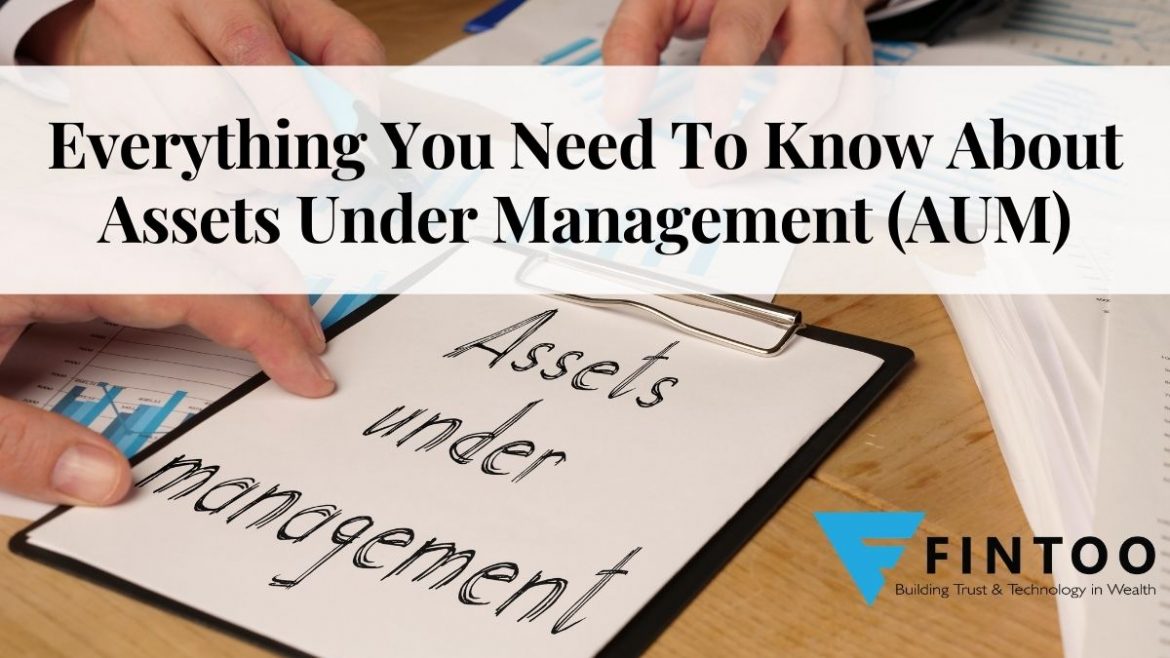

There are a few things you should know about before investing in any mutual funds. AUM, which stands for Assets Under Management, is one of those things. AUM is one of those key points that you should look into before investing in a mutual fund by any finance-based establishment apart from the expense ratio, their overall reputation and other basic requirements.
Say you are planning to invest in some specific mutual fund. There will always be other people who have invested money in it as well. When all the money invested by everybody is added up, the number you arrive at will be the Assets Under Management. This article will walk you through all the aspects of AUM to make you choose wisely if you are planning to invest in mutual funds.
Assets Under Management
Assets Under Management are equal to the complete value of capital or assets in the market that the mutual fund has. The manager of the fund is responsible for managing the assets and taking wise investment decisions on behalf of the investors. It is a measure of the expanse and professional credibility of the establishment.
AUMs can also be used as a measure of comparison while choosing a mutual fund to invest in. You can easily look up the AUM through various timelines to compare different fund houses and their mutual funds. It also includes returns gained through the mutual funds themselves. Based on the investment mandate, the fund manager can choose to invest further, or distribute the dividends among the investors.
The AUM value depends a lot on market fluctuations. The value is proportionally based on the profits gained and losses incurred, which also determines the mutual fund fee. Lesser the value, lower the fees. Different fund houses generally use various methods to fix the value of the fund fee.

Importance Of Considering AUMs Before Investing
Most people often look at the mutual fund company’s AUM before they consider making an investment in a mutual fund. Needless to say, a higher value attracts more investors. This comes from the sense of having more people put their money and trust in the specific mutual fund. However, apart from the AUM value a few other things should be looked into as well. These are the expense ratio, flexibility and security of the investment mandate and the reputation of the person managing the fund. AUM value is viewed differently when applied to different kinds of funds. Let’s try and understand how that happens.
- EQUITY FUNDS:- More than AUM, what matters here is the fund house’s compliance with the investment mandate and the overall returns. There should be a certain benchmark through any high or low phase in the market. So we see that it all comes down to the fund manager’s skill to gain profitable returns rather than size or popularity.
- a) SMALL-CAP & MID- CAP FUNDS:- Here, you should mostly stick to Systematic Investment Plans (SIPs) and avoid lump-sum investments. This happens because the fund itself becomes a priority shareholder in that company if the AUM grows beyond certain limits. This also limits funds from trading its shares during a market fluctuation.
- b) LARGE-CAP FUNDS:- Investors depend a lot on AUM when it comes to large-cap investment funds. People normally compare the AUM value between two companies offering similar kinds of mutual funds. Other than that, the growth consistency is also compared.
- DEBT FUNDS:- AUM is of utmost importance here. A debt fund that has more capital value can invest through more securities. This can increase fund returns since it reduces the expense ratio. At the same time, having more assets can help the company discuss more reasonable rates with the debt issuers.
Effects of Having High AUM Value on Mutual Funds
Many theories comment differently on the AUM values having positive or ill effects on the mutual fund and the company. A higher AUM value does not ensure a good or a bad performance by the fund. The onus is on the fund manager. If the manager is wise and makes the right investment decisions based on the market trend or situation, he/she might be able to take quick calls on behalf of the investors. Comparing the overall performance of the fund over time is important before you invest.
Read here:- 5 Best Types of Low Risk Mutual Funds in June 2021
Calculating AUM
As mentioned before, different fund houses have various ways of calculating their AUM. A consistency in gains will always ensure a rise in investment. Positive performances attract more investors and newer assets, which leads to a higher AUM, just as a lesser market value will dip the value of the assets. Similarly, if an investor wishes to redeem their share or the fund closes unexpectedly, the AUM will decrease.

AUM and Expense Ratio
Generally, the mutual fund fee depends on the size of the fund in consideration. It is also known as the management fee. It is normally calculated based on the portions of units held by the investors. However, the mutual fund performance bears no direct effect on the fund fees. It mainly includes the charges of the administration and the fund manager’s compensation based on his efforts. The overall annual costs needed to operate mutual funds, is known as the Total Expense Ratio (TER). The Security and Exchange Board of India (SEBI) has instructed that AUMs must always be higher than the TER.
In short, AUM is one of the key points you should look into based on the kind of mutual fund you are planning on investing in. The AUM value says a lot about the mutual fund and the reputation of the company.
To Invest and keep regular track of your portfolio download: Fintoo App Android http://bit.ly/2TPeIgX / Fintoo App iOS http://apple.co/2Nt75LP
Related Posts
Stay up-to-date with the latest information.


